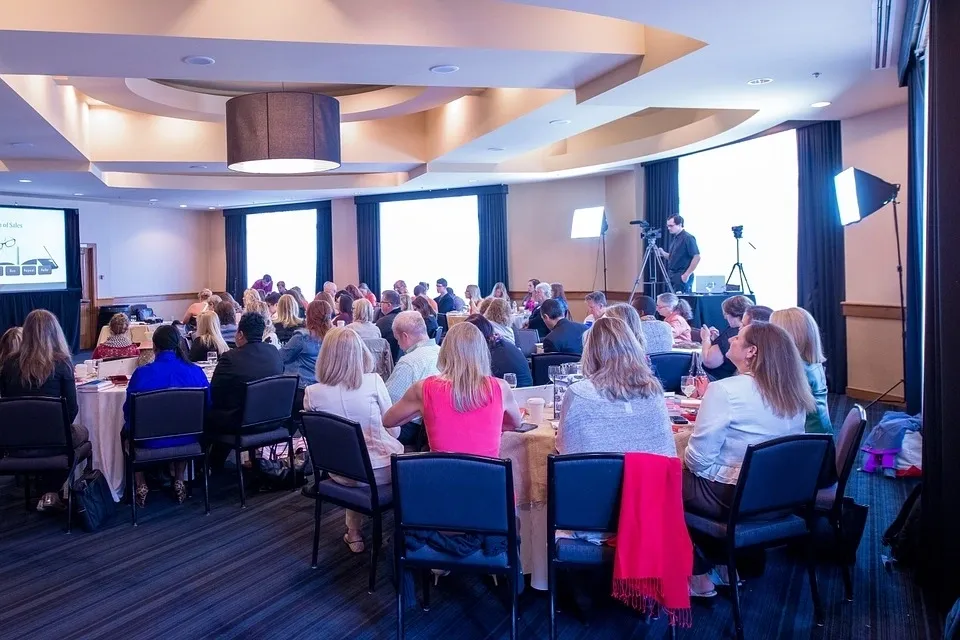
What is Hidden Hearing Loss?
This is hearing loss that is due to nerve damage. It stays “hidden” on basic hearing tests because they do not detect it and therefore are often reported as “normal” or “near normal.”
And so, test results do not explain the symptoms described by patients. However, the gap between the symptoms and the test reports alerts experienced hearing specialists to the possible presence of a “hidden” loss.
The usual story
Typically, people state that their hearing and understanding of speech seem fine in quiet places or in one-on-one situations. Yet, as soon as it gets the least bit loud, they struggle to understand. Classrooms and meeting rooms and job sites become their nemeses.
“Normal” hearing test results in these cases may give a false sense of security when there is actually cause for concern. Conversely, many patients express frustration about not finding an explanation for their hearing challenges.
It’s about nerve connections…
In hidden hearing loss the connections between the inner-ear hearing cells and the hearing nerve erode away.
As these connections fail, transmissions to the brain of complicated signals like speech become unclear. Any interference from background noise further garbles the message and the brain has trouble making sense of it all.
However, basic, simple signals like the individual beeps on standard hearing tests are still heard at normal levels and so standard test results are reported as “normal.”
What causes hearing nerve damage?
Connections between hearing cells and hearing nerves tend to weaken and fail with advancing age. In younger people hidden hearing loss is mostly blamed on excessively loud sound exposures, which damage hearing cells and weaken or break cell-to-nerve connections. Also, conditions that attack the protective insulation layer of the hearing nerves can result in hidden hearing loss.
Are there tests for hidden hearing loss?
Currently, there are no standardized test protocols for hidden loss. However, researchers are closing in on predictable ways to unmask it.
Some specialists say that testing people’s understanding of speech in a quiet environment and against background noise helps detect hidden losses. Although this would make sense, routine hearing tests generally do not include Word or Speech Recognition assessments that separate what we hear from what we understand ─ in quiet or in louder places.
Others feel that measuring how both ears and the brain work together in noisy places helps identify early hearing loss that otherwise might remain hidden.
What to do?
Don’t procrastinate! Anyone—at any age— with difficulties understanding speech in background noise should get a comprehensive, professional hearing test that also includes speech recognition in noise. The earlier, the better. Maybe the physician has to become involved in tracking down the cause of a loss that cannot be explained by more simple means.
In order to prevent further damage, protect the ears from noise both on and off the job. Get a sound meter phone app that tells how loud the environment is and alerts to danger situations. And do discuss effective hearing protection and how to apply it correctly with the hearing specialist.
*****
For Industry Safety Training on Noise-induced Hearing Loss Prevention or for community presentations, please see this website or email to [email protected]
To learn about ears and hearing, please see my book on hearing loss: What Did You Say? An Unexpected Journey into the World of Hearing Loss, now in its second updated edition. Sharing my story and what I had to learn the hard way.